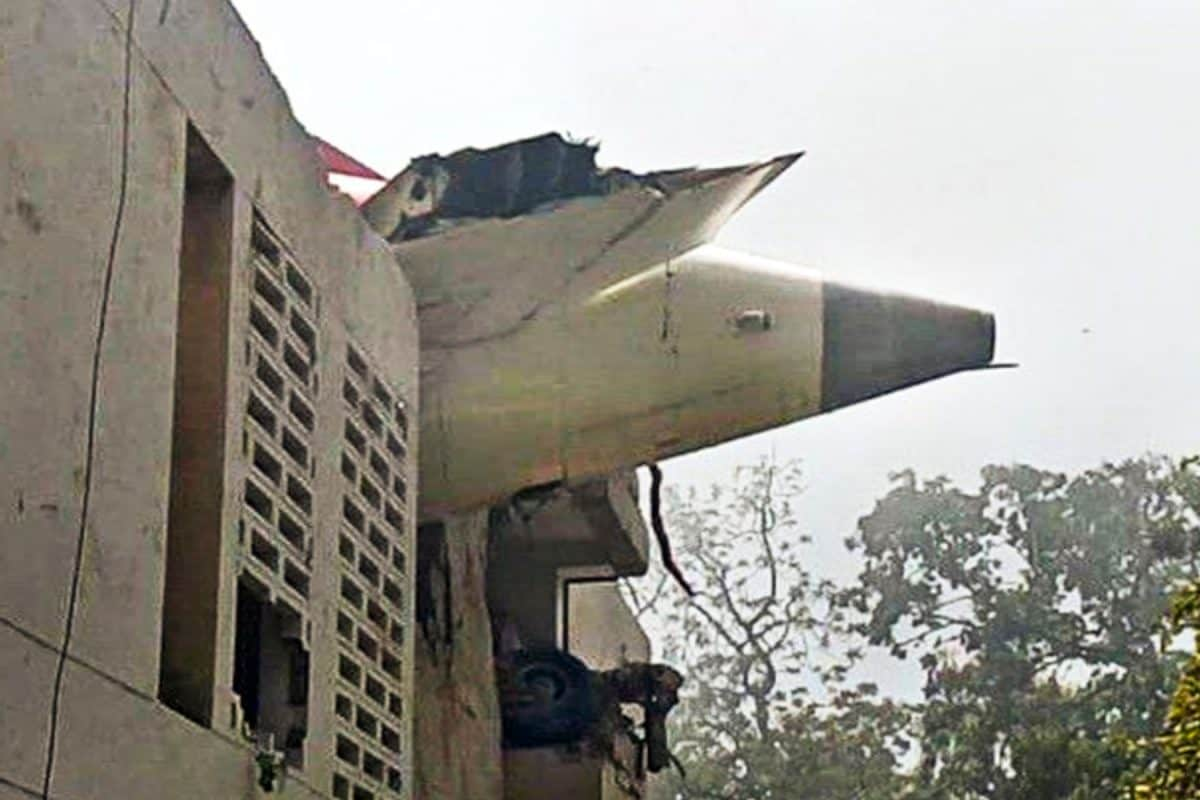

The recent crash of an Air India Boeing 787-8 Dreamliner near Ahmedabad, India, has brought the issue of aircraft age and its impact on safety into sharp focus. The aircraft, operating flight AI171 to London Gatwick, crashed shortly after takeoff on June 12, 2025, killing 241 of the 242 people on board. The Dreamliner was approximately 11 years old, having been delivered to Air India in January 2014. This raises the crucial question: Does the age of an aircraft matter when it comes to safety? And what regulations are in place to ensure the airworthiness of aging planes?
While the age of the aircraft is being considered, investigations have started to determine the exact cause of the crash. Initial reports suggest the aircraft struggled to gain altitude. One of the black boxes has been recovered to help determine the series of events that led to the crash.
Does Age Matter?
The aviation industry has long debated the role of aircraft age in safety. While it might seem intuitive that older planes are inherently less safe, the reality is more nuanced. According to industry experts, aircraft age, in and of itself, is not necessarily a primary safety factor. More critical are the aircraft's maintenance history and adherence to stringent safety regulations. An older aircraft that has been meticulously maintained can be just as safe as a newer one.
However, aging does bring certain challenges. As aircraft age, components wear down, and the risk of corrosion and structural fatigue increases. This necessitates more frequent and thorough inspections, repairs, and overhauls. There is a correlation between aircraft age and maintenance duration, with aircraft between 12-18 years and over 24 years requiring significantly longer ground times for maintenance. Older aircraft may also be more prone to operational issues such as problems with air conditioning, heating, and plumbing, even if they are well-maintained.
Government Rules and Regulations
Recognizing the potential risks associated with aging aircraft, aviation authorities worldwide have implemented regulations to ensure their continued airworthiness. These regulations typically focus on:
The Importance of Maintenance
Ultimately, the safety of an aircraft, regardless of its age, hinges on the quality and consistency of its maintenance. Regular inspections, adherence to maintenance schedules, and prompt repairs are crucial for identifying and addressing potential problems before they become critical. Airlines must invest in robust maintenance programs and ensure that their maintenance personnel are properly trained and qualified.
The Air India crash serves as a stark reminder of the importance of aviation safety. While the investigation is ongoing and the cause of the crash remains undetermined, the age of the aircraft involved has understandably raised questions about the role of aging in aviation safety. While age itself isn't the sole determinant of safety, it does highlight the need for rigorous maintenance programs and strict regulatory oversight to ensure the continued airworthiness of all aircraft, regardless of their age.